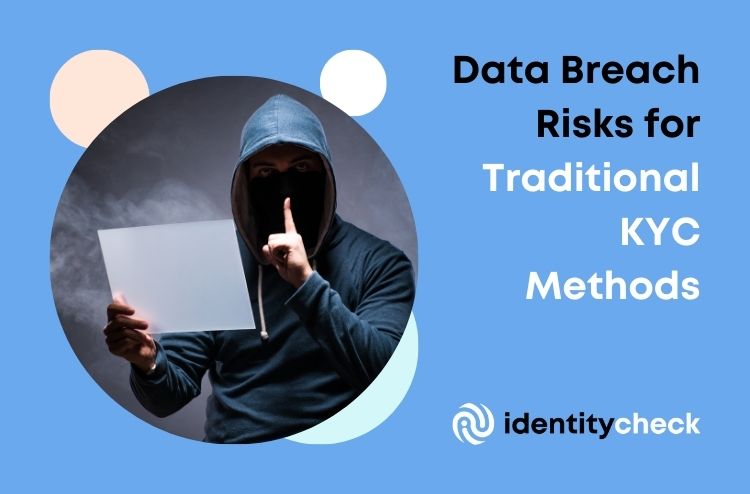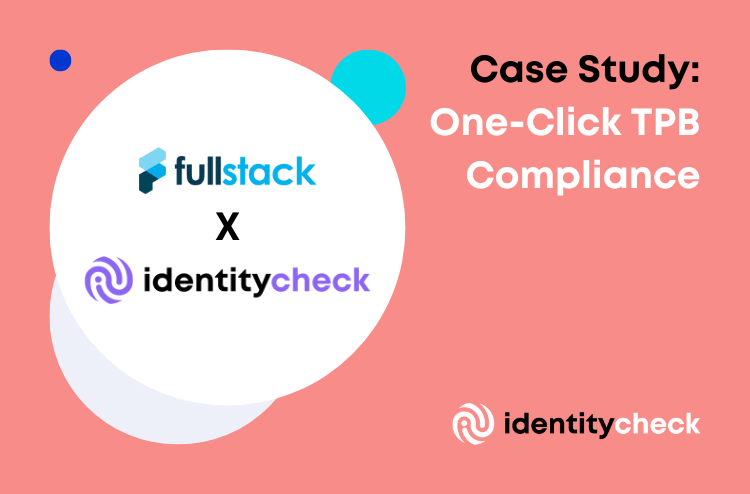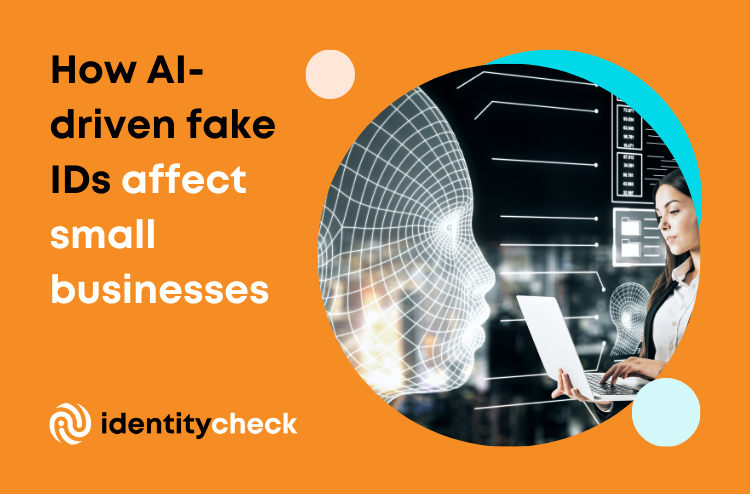In the digital age, businesses need to properly verify the identities of their customers in order to protect against fraud and money laundering. In the past, many businesses relied on traditional methods of identity verification, such as checking against government databases or using physical documents like passports or driver’s licenses. However, the rise of data breaches has made these methods less reliable and has raised serious concerns about the trustworthiness of traditional identity verification processes.
The Consequences of Data Breaches for Identity Verification
Data breaches have become increasingly common in recent years, with high-profile incidents affecting millions of individuals. This has made it easier for criminals to steal people’s identities and use them for fraudulent purposes. As a result, relying on government databases for identity verification is no longer a viable option for many businesses.
The Implications of Traditional KYC Insecurity for Businesses
The consequences of this shift are significant for businesses that need to perform KYC (know your customer) checks on their clients. Without a reliable way to verify the identities of their customers, these businesses are at risk of falling victim to fraud and money laundering. This can not only damage their reputation and bottom line, but it can also expose them to legal and regulatory liabilities.
Alternative Methods of Identity Verification
In order to address the problems caused by data breaches and the insecurity of traditional KYC processes, many businesses are turning to alternative methods of identity verification. These methods often involve the use of advanced technology, such as biometric authentication and machine learning algorithms, to accurately and securely verify the identities of their customers.
One example of this is the use of facial recognition technology. By using this technology, businesses can verify the identity of their customers by comparing their facial features to a database of known identities. This can provide a more secure and accurate way of verifying identities, as it is difficult for criminals to fake or alter their facial features.
Another approach that businesses are using is to rely on multiple sources of data to verify identities. This can include checking against multiple government databases, as well as using non-governmental sources of information, such as utility bills or credit reports. By using a combination of these sources, businesses can gain a more complete and accurate picture of their customers’ identities.
The Benefits of Alternative KYC Methods
The use of alternative methods of identity verification has several benefits for businesses. In addition to providing a more secure and accurate way of verifying identities, these methods can also help businesses to comply with regulatory requirements and avoid legal and regulatory liabilities. Additionally, the use of advanced technology can help businesses to improve the efficiency and effectiveness of their KYC processes, reducing the time and resources required to verify the identities of their customers.
Conclusion
In conclusion, the rise of data breaches has made traditional methods of identity verification less reliable and trustworthy. This has significant implications for businesses that need to perform KYC checks on their customers. In order to address this problem, many businesses are turning to alternative methods of identity verification, such as biometric authentication and the use of multiple sources of data. By doing so, they can ensure the security and accuracy of their KYC processes and protect themselves from the risks of fraud and money laundering.
If you’re curious to try biometrics for yourself, enter your email address here.











